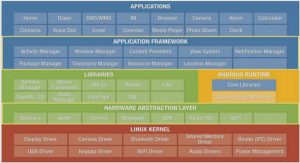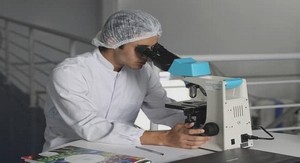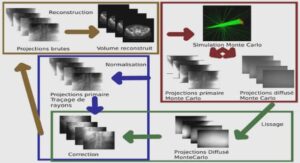Examination of the Lids
General Principles
The health of the ocular surface is dependent on an adequately positioned and properly functioning eyelid. A systematic approach such as that outlined in Box 6.1 is helpful but should be modified as necessary.
History of the Patient
Symptoms of eyelid disease may be vague and nonspecific. While history of disease onset, duration, severity, exacerbation, localization, and previous treatments is being obtained, it is helpful to observe unconscious behaviors such as eye rubbing, scratching, or wiping away excess tears. These behaviors may be more indicative of the true malady, especially if the patient is having difficulty verbalizing a chief complaint. Furthermore, important observations on orbicularis oculi function can be made by observing the strength and rate of blinking.
Dermatologic Examination
Examination of the facial and adnexal skin is best done with fairly bright, diffuse, indirect light. Dark exam rooms and harsh lighting may distort the color and translucency of tissues. Many patients are unaware of dermatologic conditions that may be clearly apparent to clinicians, thus clinical photos are helpful educational tools. Many conditions affect the periorbital skin—focal or diffuse, local or systemic, congenital, infectious, inflammatory, and neoplastic. The full breadth of the discussion is beyond the scope of this chapter, but several entities are discussed below. Contact dermatitis of the eyelids is quite common and is associated with other ocular allergies.1 The periocular skin may be erythematous, edematous, and scaly. A history of lotions, creams, topical medications, or other exacerbants should be sought. Atopic dermatitis can result in keratoconjunctivitis and may also present with thickened, scaly, erythematous, and fissured periocular skin. Patients may be aware of lesions elsewhere on their body, but may not have associated their dermatitis with their eye condition. Rosacea is a common dermatologic condition that affects up to 10% of the population and most commonly in those of northern European origin. Rosacea dermatitis is characterized by malar flushing, telangiectasias, papules, pustules, sebaceous gland hypertrophy, and rhinophyma. Bacterial infections may be focal (hordeola, chalazia), diffuse (preseptal cellulitis), or potentially fatal (orbital cellulitis). Cutaneous malignancies are commonly seen on the periorbital skin, accounting for upwards of 18% of all eyelid lesions.2 Basal cell carcinoma is by far the most frequent (86%), followed by squamous cell carcinoma (7%) and sebaceous carcinoma (3%).2
Eyelid Position
Alteration of eyelid position and function can lead to exposure keratopathy, which may go unnoticed by patients.3 Evaluation of eyelid position starts with the measurement of margin reflex distance (MRD). MRD1 is the distance from the central light reflex, congruent with the visual axis, to the upper eyelid margin. Conversely, MRD2 is the distance from the central light reflex to the lower eyelid margin (Fig. 6.1). Together, they comprise the interpalpebral fissure (IPF) height. Measurement of MRD along with IPF provides a more accurate clinical picture than measurement of IPF alone (Fig. 6.1). Eyes with a larger IPF have a greater surface area. Because tear evaporation rate is correlated to surface area, patients with a larger IPF are more susceptible to dry eye symptoms. Both eyelid malposition and decreased force of contracture contribute to lagophthalmos. Forceful lid closure on exam may mask subtle degrees of incomplete lid closure. In these instances, it may be helpful to wait for one minute with the lids closed to mitigate forced lid closure. Normal eyelid position is dependent on appropriate horizontal and vertical tension mediated by the lateral canthal tendon and lower eyelid retractors, respectively. Pulling the lid directly away from the ocular surface tests displacement, while pulling the lid inferiorly tests the ability of the lid to “snap back” into position. Although most abnormalities of lid tension are due to increased laxity, occasionally abnormalities due to increased tension are seen, such as superior limbic keratoconjunctivitis.


